
The beckoning Mediterranean breeze travels from afar to whisper in our ears stories of ethereal kingdoms and warm-filled homes. Is it surprising then, that we should carry this fascination with the welcoming seaside lifestyle into our interiors? In fact, Italian design has garnered widespread acclaim and recognition, particularly in the realm of interior design for its exceptional quality, timeless elegance, and airy approach. Rooted in a rich cultural heritage steeped in art, history, and craftsmanship, Italian design seamlessly blends tradition with modernity through a meticulous attention to detail, aesthetics, and harmony. Today we address this enduring legacy poised to persist with its ability to adapt to evolving trends while remaining anchored to its principles of beauty, artistry, and pleasure.
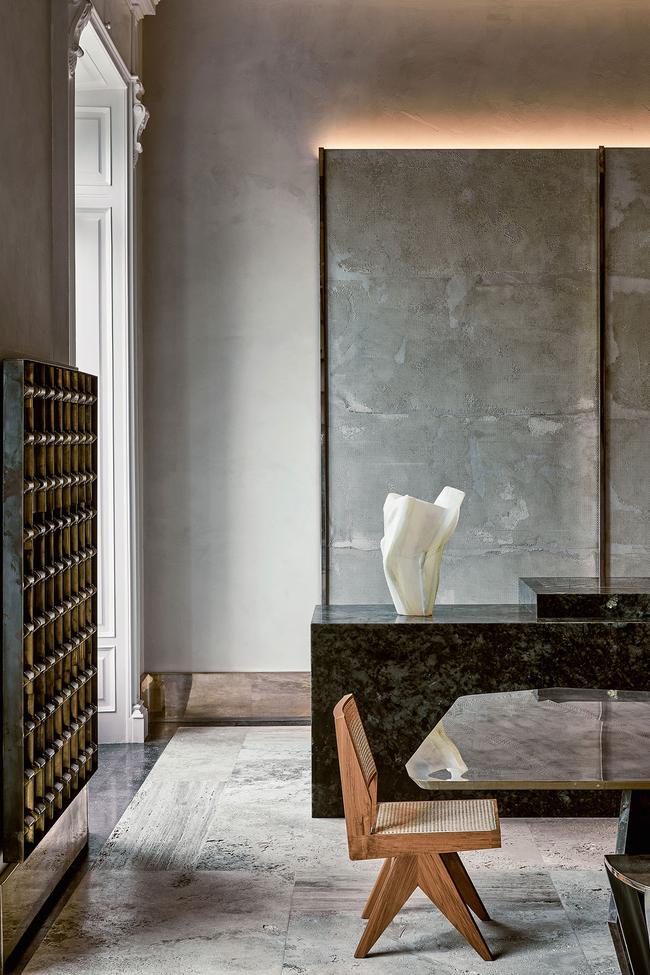
An international influence
The influence of Italian design is such that it has permeated current trends in the U.S and internationally, shaping iconic interiors with its hallmark blend of sophistication and functionality. Its renowned smooth lines, organic and exquisitely carved materials, and natural colors, leave an indelible mark on prestigious spaces such as high-end hotels, luxury residences, and upscale stores and restaurants. Nonetheless its universal nature also makes this an accessible and volatile style that can match the sleek minimalism of contemporary furniture to the opulent grandeur of classical architecture. Regardless of the setting, we can always admire how Italian design elements masterfully merge with modern sensibilities to create original spaces full of allure and refinement.
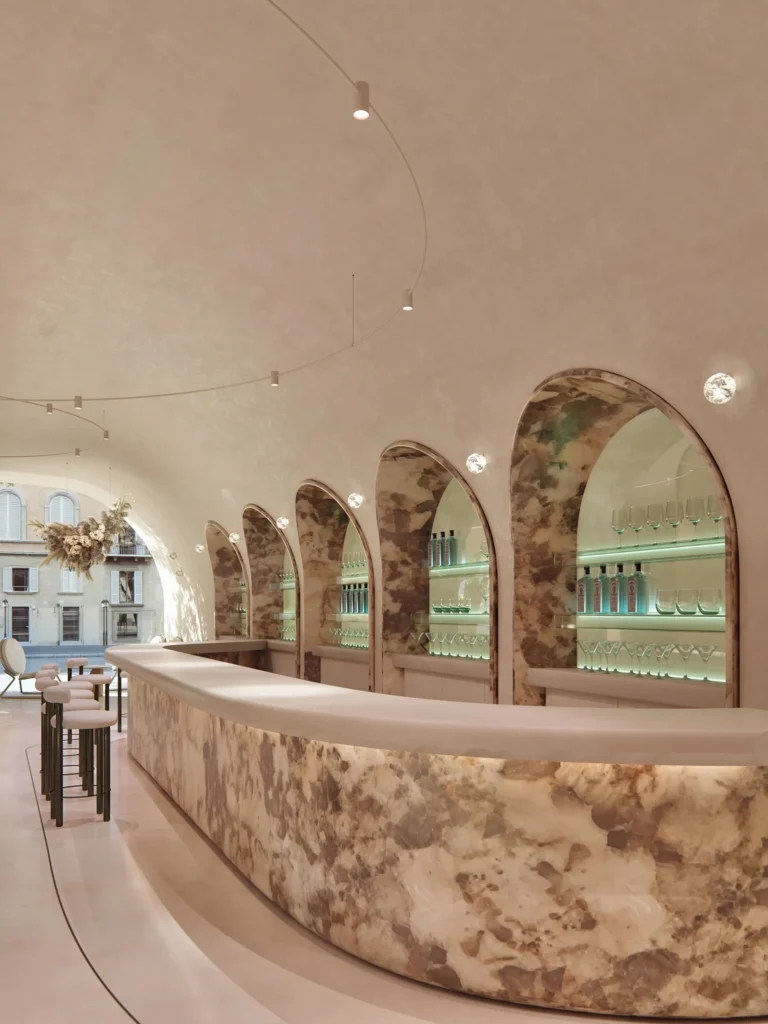
The characteristics of Italian interiors and furniture designs
Elegance and Sophistication
First and foremost, when we talk about Italian design, we are diving into a world that places emphasis on elegance and sophistication. With luxurious materials such as Carrara marble, rich leather, polished brass, and resistant woods, this timeless trend has produced and inspired some of the most iconic furniture and decor pieces like the “LC2”armchair by Le Corbusier and KMP’s Castiglione high headboard bed. Moreover, we can also admire the Italian refined style in the recurrent use of clean, streamlined lines that convey a sense of simplicity and gracefulness encapsulated in minimalist silhouettes. These characteristics are part of a longstanding tradition of meticulous attention to detail, whether it’s directed to intricate woodworking techniques, precision stitching on upholstery, or finely crafted hardware. All of this commitment to individual features and the overall harmony of a creation, is what drives Italian design to modern interiors across the world.
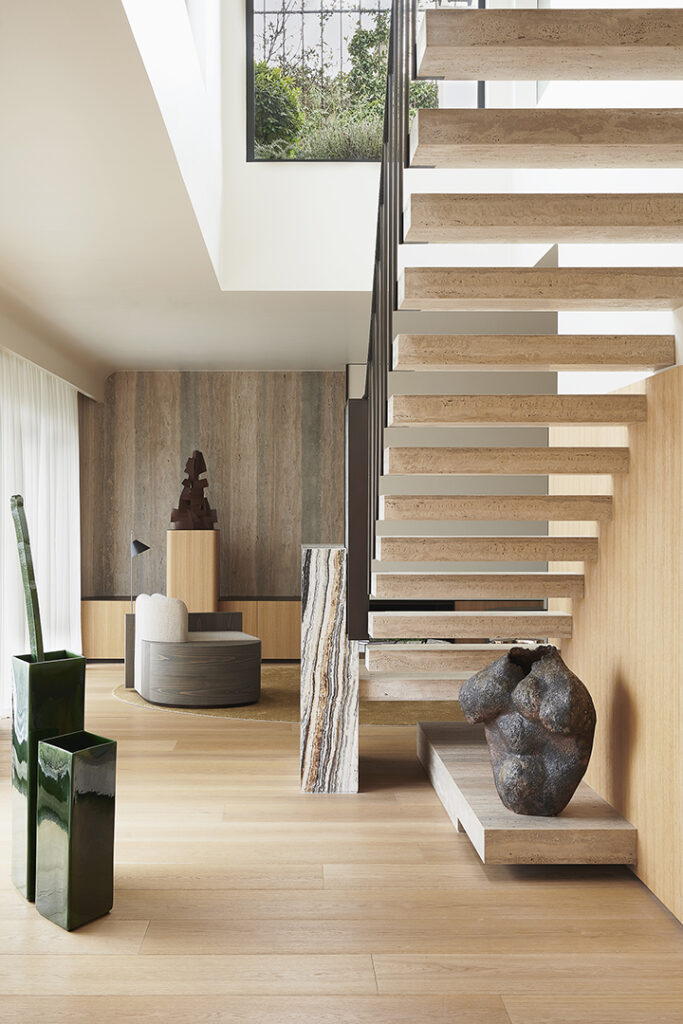
Timeless Aesthetics
Another reason we can find Italian elements in design from various epochs and in current trends is due to the style’s incorporation of classic architecture and decor elements that have withstood the tests of time. These include ornate moldings, arched doorways, and vaulted ceilings as seen in historic villas and palaces like the Palazzo Vecchio in Florence. At the same time, nowadays we can see how these prototypical features take on new roles and representations with the influence of contemporary trends and technologies. While rooted in tradition, Italian interiors are also able to seamlessly integrate the past’s classical beauty with futuristic forms and new, sustainable materials that ensure its longevity and relevance for years to come.
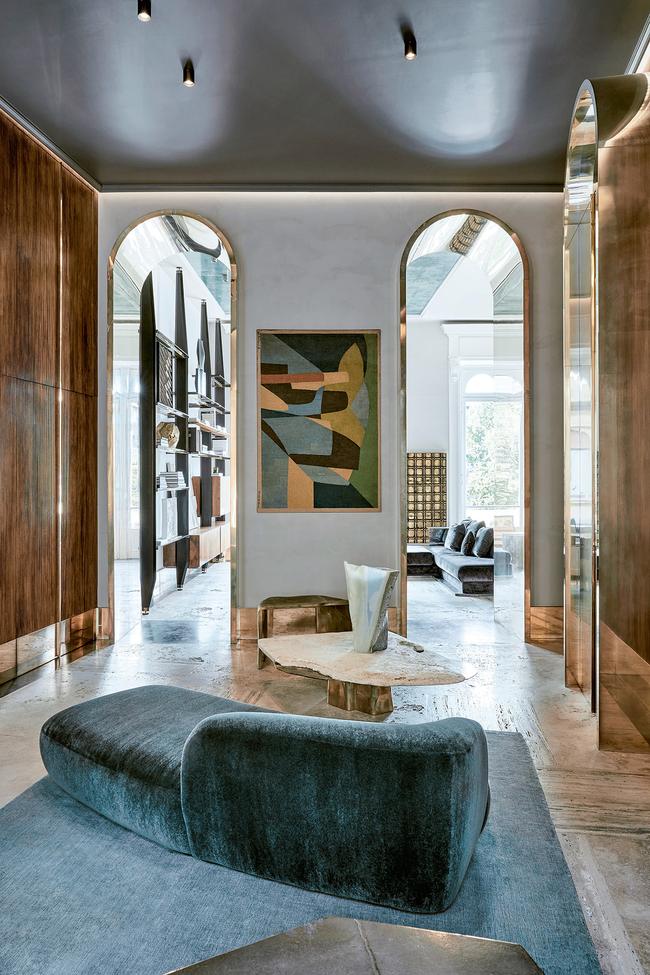
Artisanal Craftsmanship
Italian design, especially furniture, is renowned for its handcrafted, artisanal excellence relying on skilled traditional techniques passed down through generations and eventually overcoming geographical barriers. Just allow your mind to travel back to the examples of wooden pieces with hand-carved details, intricate inlay work on tabletops, and hand-stitched upholstery on sofas and chairs. These are elements we come in contact with at quality stores, design magazines, and sophisticated interiors that are either inspired by or associated with prestigious heritage brands known for their commitment to artisanal craftsmanship. Sometimes it takes an experienced and careful eye to observe the details that can trace a furniture piece back to the iconic origin of Italian design; regardless of the artist’s roots. Nonetheless, this respect for the art of furniture making and its roots is always visible in the quality materials, fusion of textures, and careful combination of all these elements.
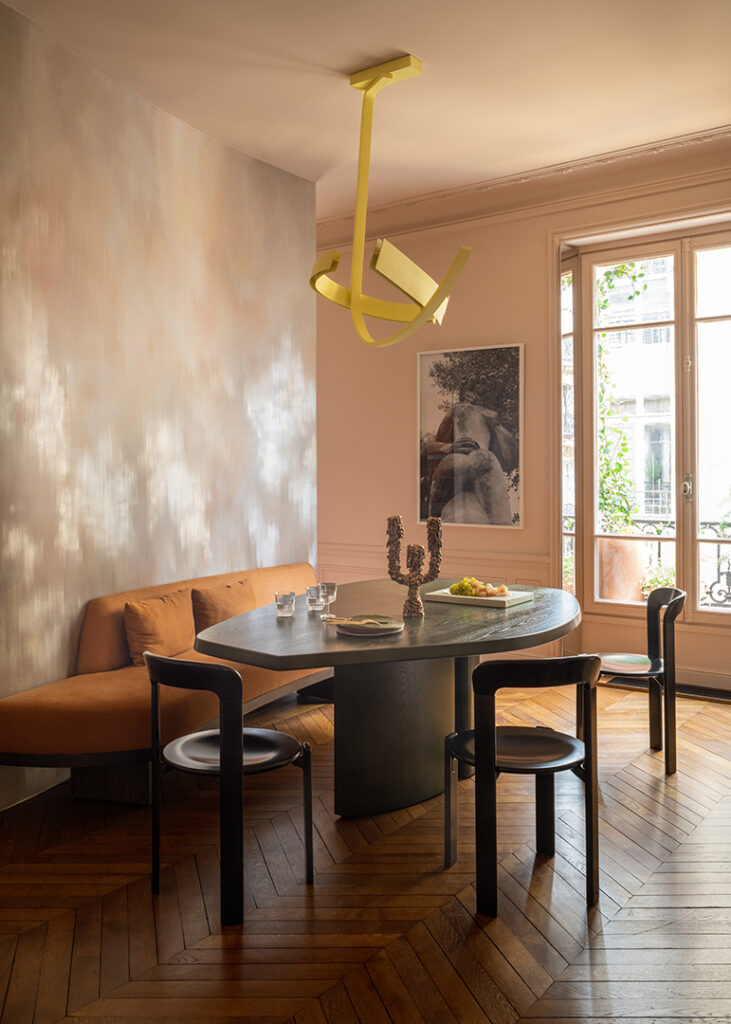
Versatility and functionality
Beyond the aesthetic appeal of Italian decor style, designers are also drawn to this approach due to its highly practical and versatile use in interiors. Considering how Italian furniture often features multifunctional pieces that maximize space efficiency without compromising style, the appeal of such works becomes undeniable, especially in modern cities with limited space. In fact, Italian designers are known for their innovative approach to solving layout challenges, whether it’s by creating modular furniture systems for small interiors or incorporating hidden storage compartments into sleek coffee tables. This transition from elegance to functionality brings the best of both features into modern designs catered towards active households, small spaces, and efficiency-driven lifestyles.

Bold yet Refined Aesthetic
The versatility of Italian design is best appreciated in the countless forms it takes, from sculptural chairs, tables with undulating forms, or dynamic bookcases that almost take over as architectural pieces. We can attribute this to the style’s tendency to embrace experimentation and creativity, resulting in furnishings and interiors that push the boundaries of conventional design. This daring character is also highlighted in the recurrent use of vibrant color palettes that add depth and personality to spaces. From bold jewel tones to subtle pastels, the play with color is an important aspect of Italian design which allows us to influence the atmosphere within given spaces and our memory of such interiors.

Final words
The ongoing fascination with Italian style and philosophy of design stands as testament to the timeless elegance, forward-thinking, and unparalleled craftsmanship of this design. With the unyielding link to tradition yet constantly evolving character to embrace contemporary trends, Italian design embodies the harmonious blend of sophistication, versatility, and functionality that we look for in our interiors. As expressed above, this style’s ability to integrate classic elements with contemporary standards, in addition to the commitment to artisanal attention to detail, ensures the ongoing relevance and status of this timeless trend. From singular furniture pieces to iconic interiors, Italian design promises to captivate our imagination, setting the standard for elegance and style for generations to come.
